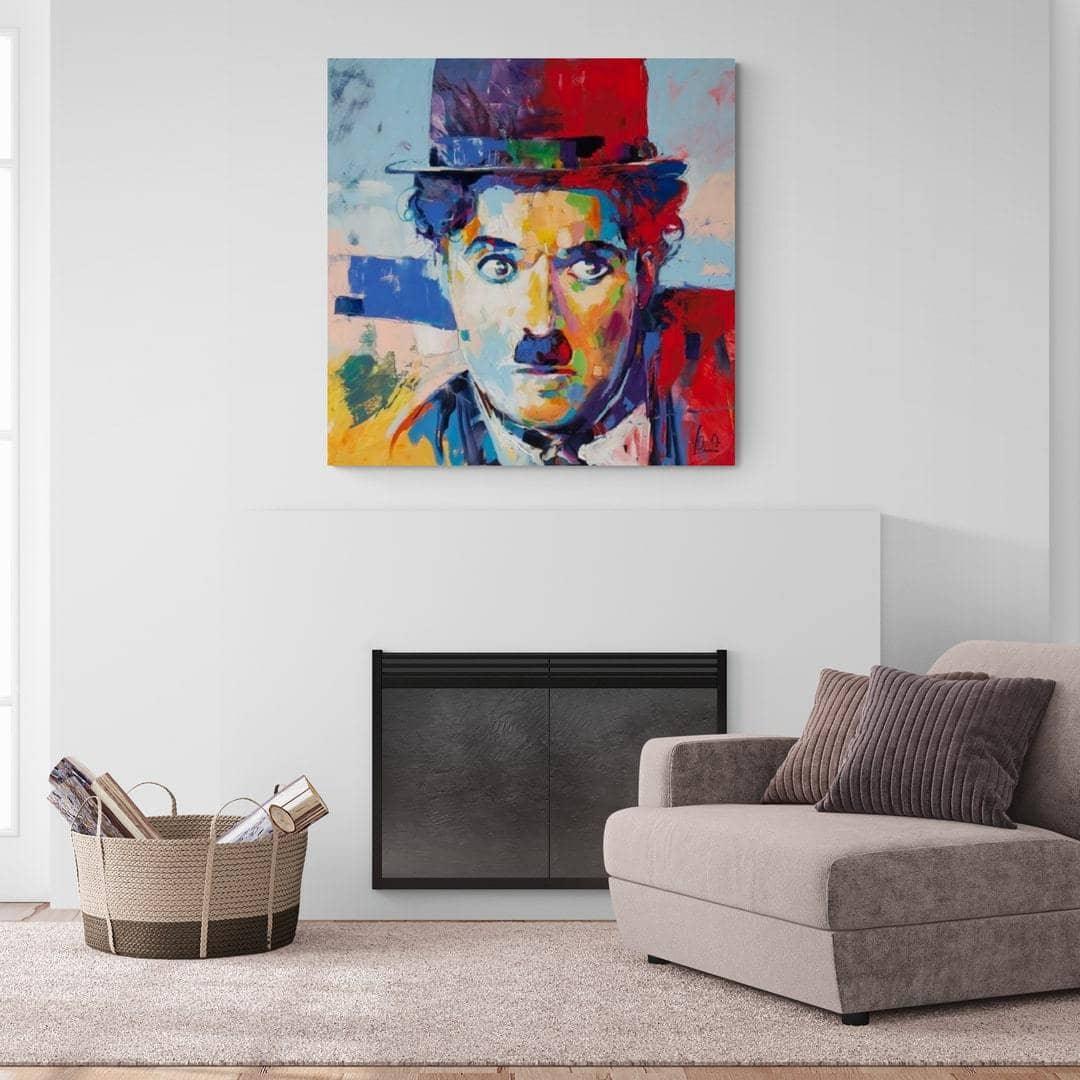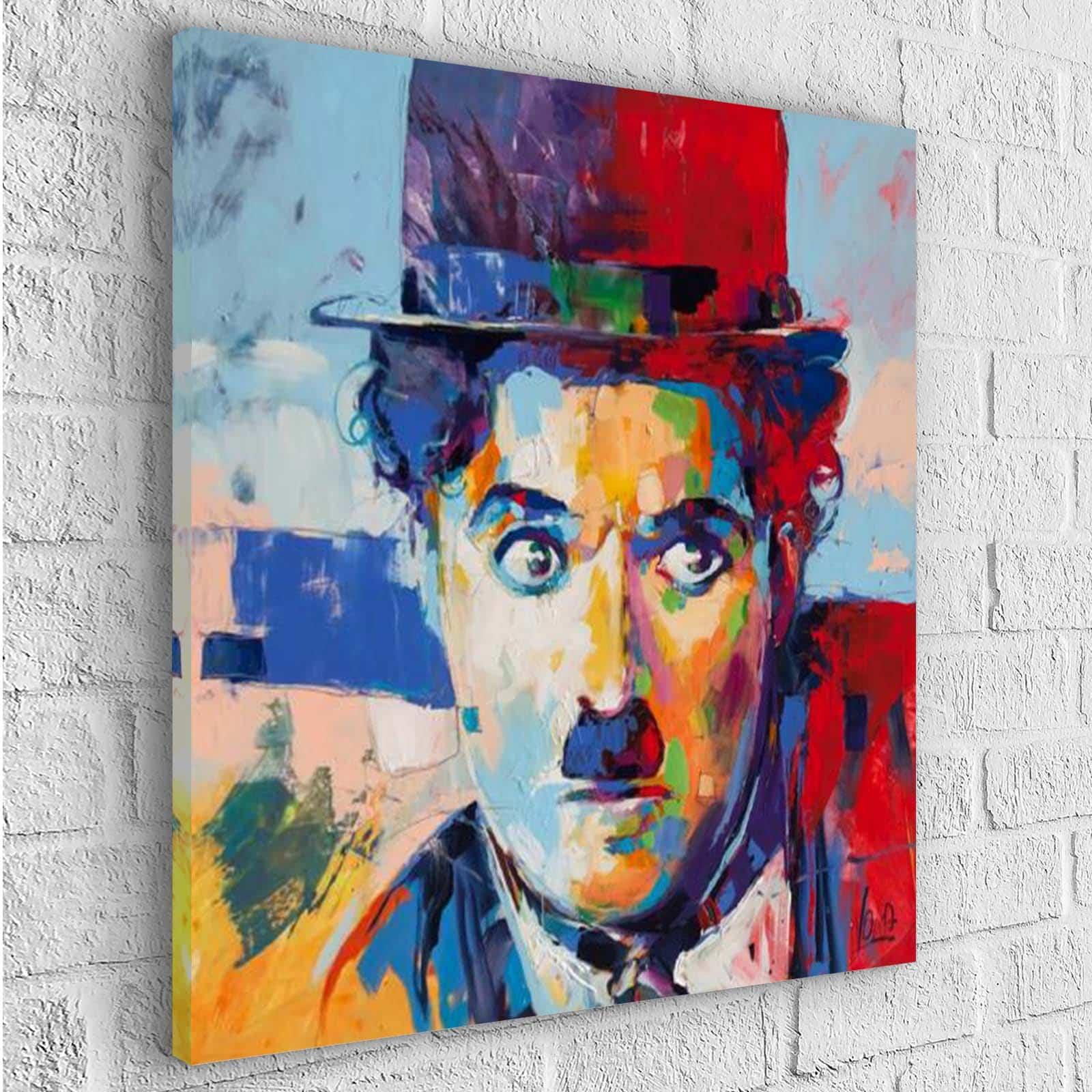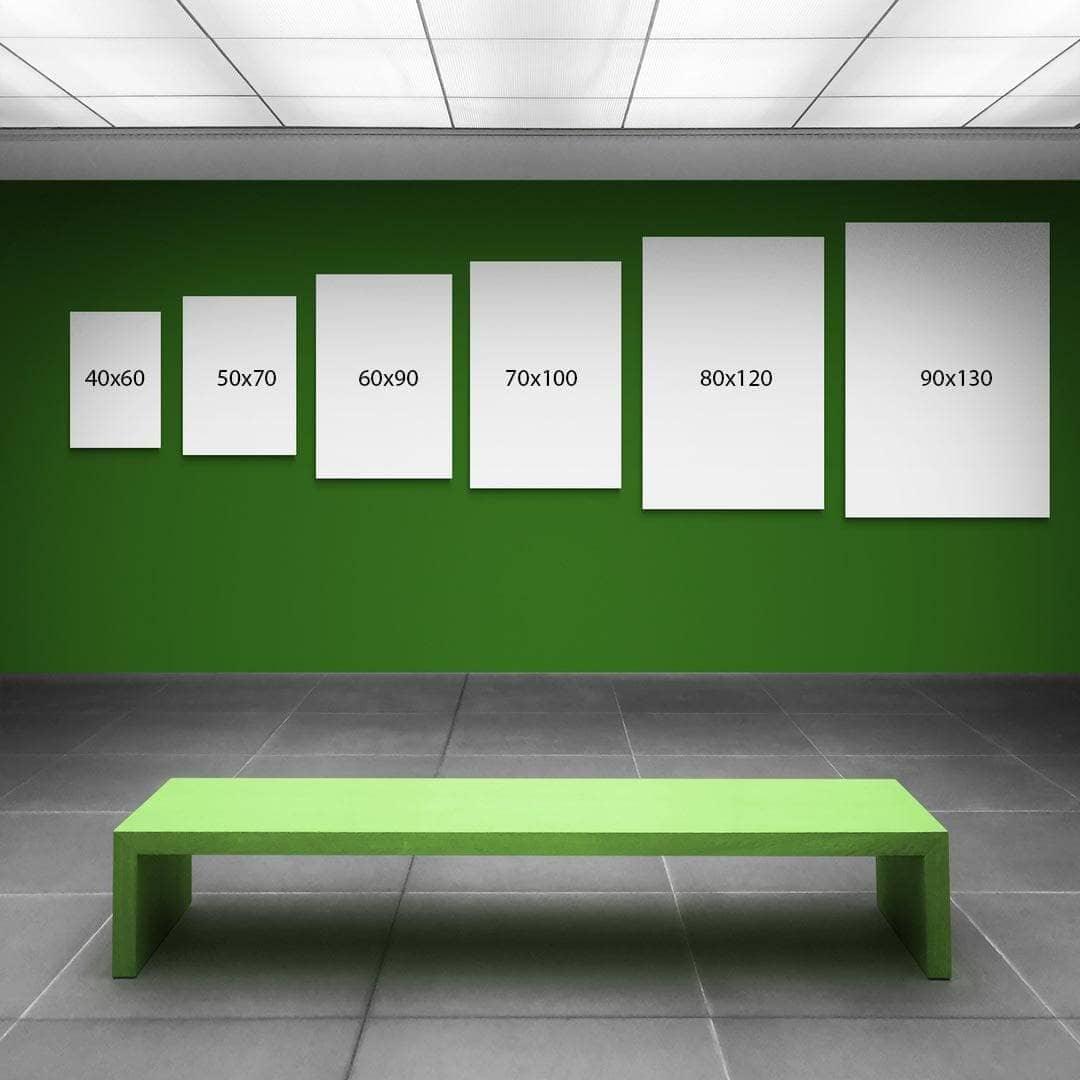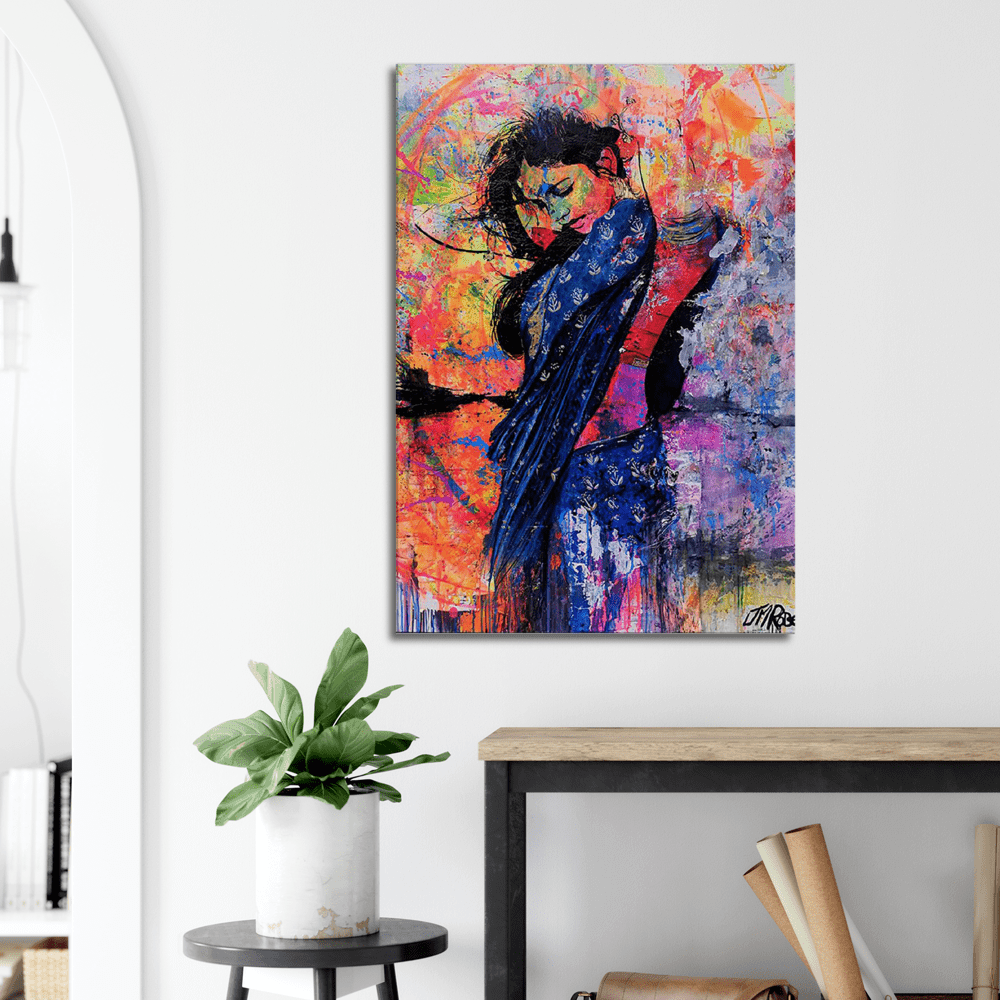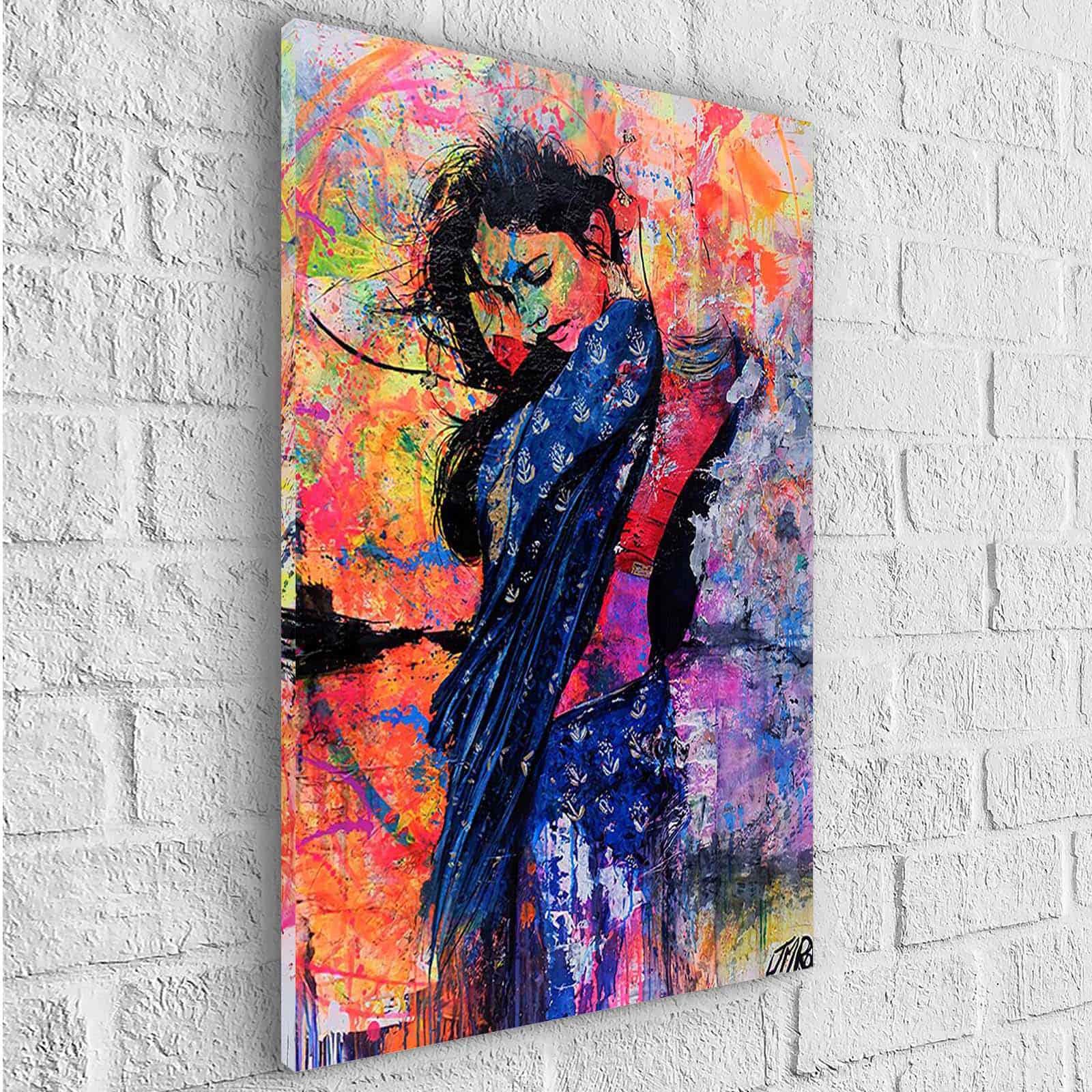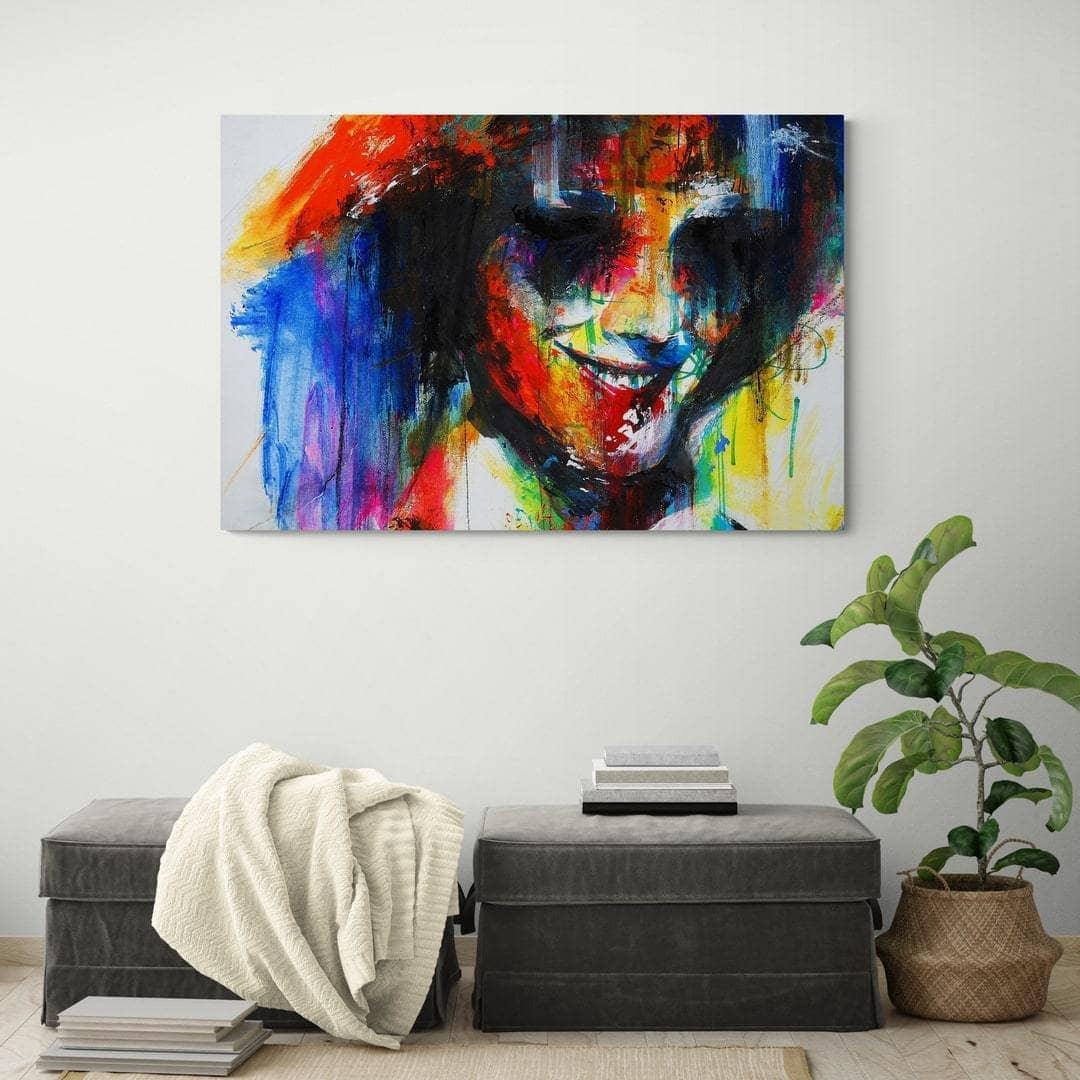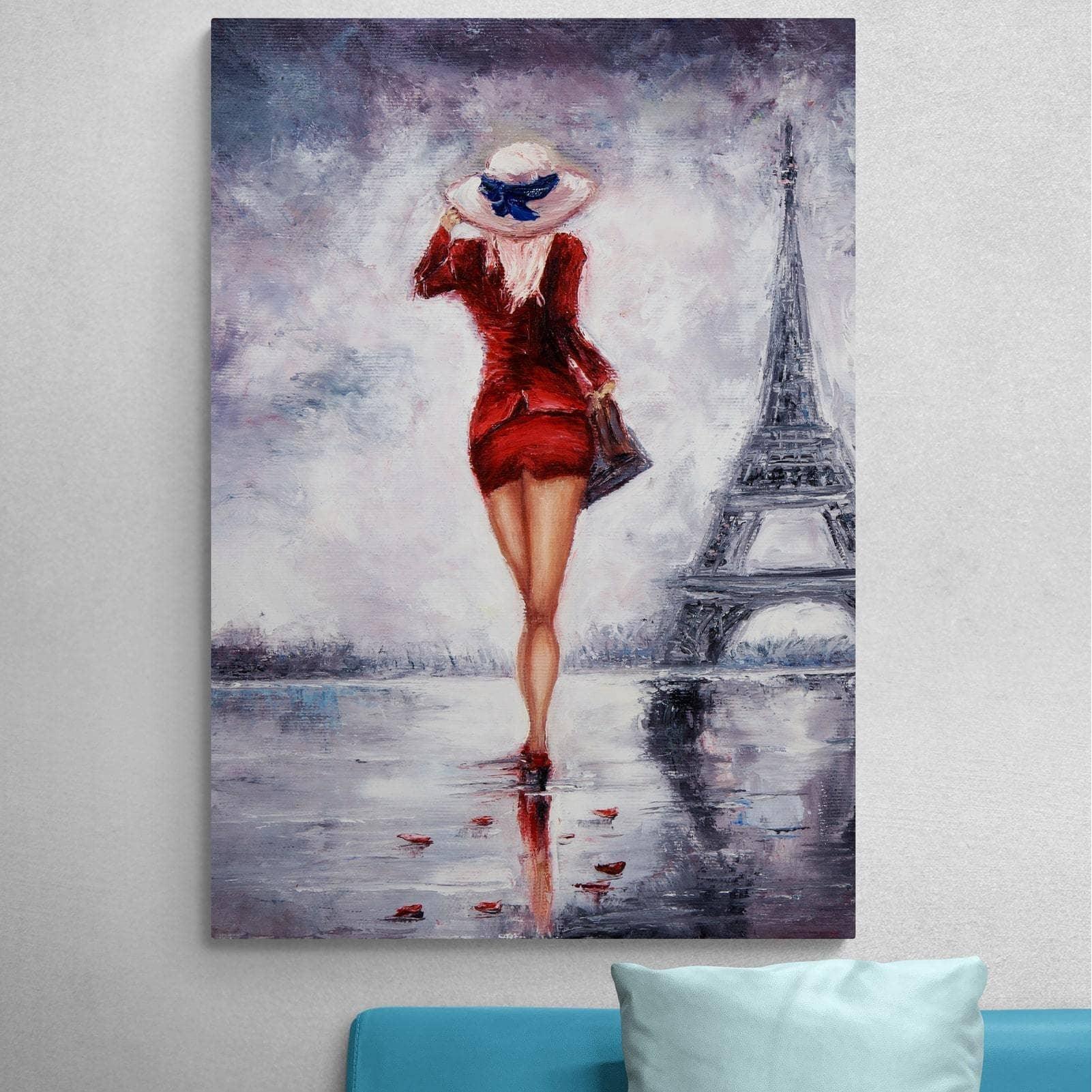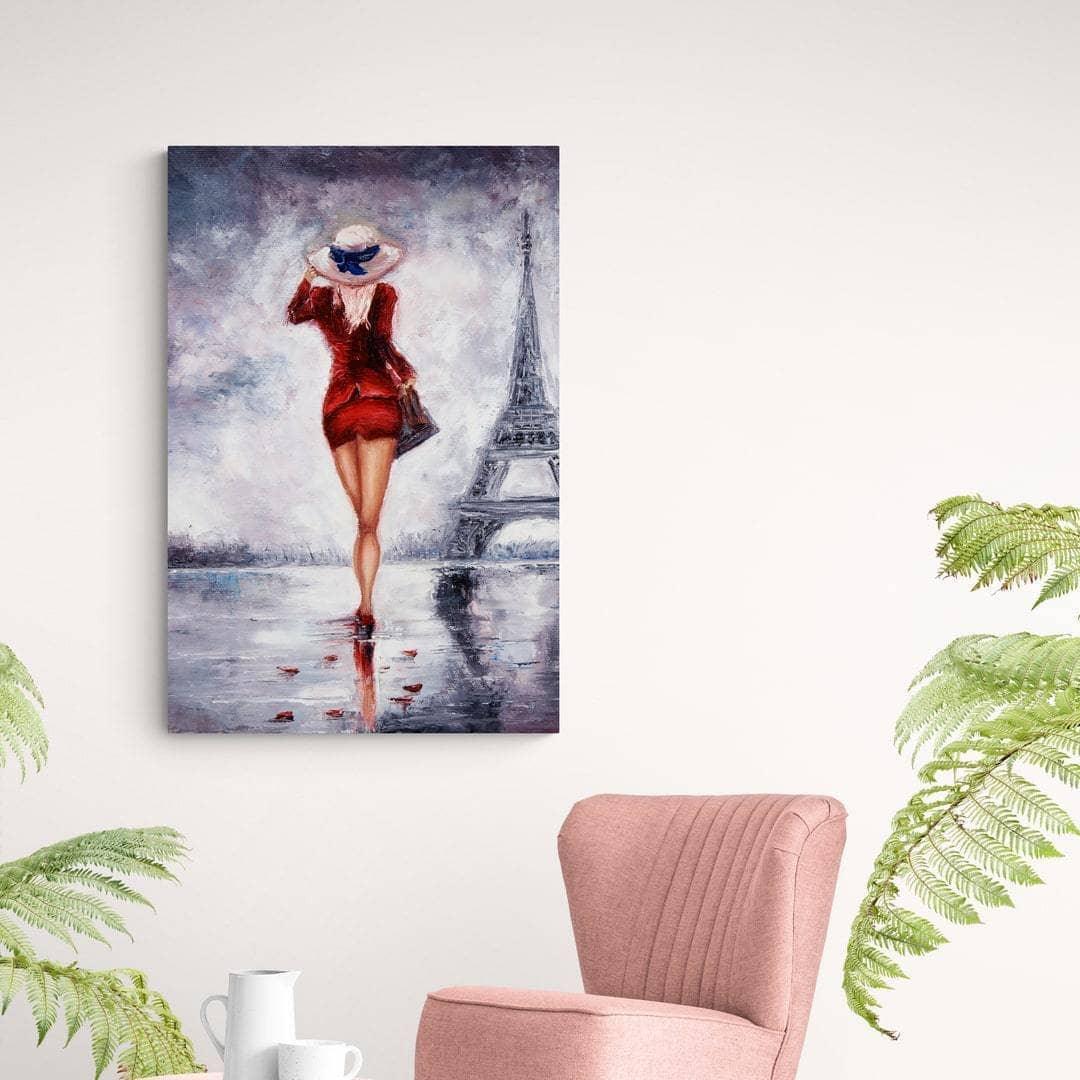When contemporary art comes to your home!
What is Montabledeco? It is nothing more than a platform that is full of a number of modern paintings. Here you will find original modern paintings and high-quality art reproductions from the world's most renowned artists. Whatever your needs, Montabledeco will certainly satisfy you.
Brief overview of modernism and contemporary art
The period between the 1860s and the 1970s was marked by a revolution in Western art, propelling “postmodernism” to the forefront. All “modernist” works born from this revolution represent what art historians and critics call “modern paintings.” Contemporary art, for its part, brings together all works of art produced between the end of the Second World War and today. Monpaintingdecocom mainly presents contemporary works, because they obviously come from the best artists of this century. However, modern art enthusiasts will have no trouble doing so, because Montabledeco.com also thought of them. Our site also offers contemporary works of modern art, paintings inspired by impressionism, cubism, surrealism, abstract expressionism…
The history of modern painting
At the end of the 1800s, the European industrial revolution completely changed the course of social, economic and cultural life. Faced with these multiple radical changes, artists have not remained indifferent. This is how they established modern art in order to denigrate religious and allegorical works commissioned by the government, as well as all traditional modes of representation. They introduced into their works all parts of newly modernized daily life while mixing elements of high and low culture. Art for art's sake surfaced in the field of modern art paintings, replacing traditional subjects and styles including portraiture, still lifes and realism. Indeed, modernism aimed to promote the unique elements specific to each medium, explains art critic Clément Greenberg. The modern painting was part of a process of creating a purely optical world that exists only on a flat canvas: something that several artistic movements, notably cubism, surrealism and abstract expressionism, have tried without success.
Modern painting techniques
Modern art paintings underwent several changes between the late 1800s and the 1950s. In the past, painting was done through planned compositions and studio work: a technique that the Impressionists rejected in favor of plein air painting and the application of thick layers of wet paint to capture a fleeting moment. The fallout of the industrial revolution on street life was the constant concern of these painters; It was difficult to browse their modern art oil painting works without finding subjects relating to wandering strollers and isolated people in urban scenes. Some of these artists preferred arbitrary but vibrant colors for their compositions, this is the case of Henri Matisse. Others, on the other hand, emphasized form and produced works full of fantasy, this is the case of cubist painters like Pablo Picasso and Georges Braque. Other painters are surrealists, their works are completely removed from the outside world and immerse readers in unprecedented illusions. The compositions do not refer to any object existing in real life, mainly the colorful scenes of Wassily Kandinsky and the grids of Piet Mondrian.
According to Clément Greenberg's theory of modernism, the abstract expressionists reached the purest form of modern painting; they are also associated with the end of modernism. Their splashes at least had all the unique qualities of painting, although they did not create a recognizable subject. Some artists have tried to make a connection between lower and higher forms of culture. Artist Jackson Pollock made a name for himself with his drip paintings made from a mixture of sand, broken glass and nails. Futurism, Expressionism, Orphism, Suprematism and Precisionism are the other main movements associated with modern painting.
The main artists of modern painting
Edouard Manet is a modern painting artist known for his controversial subjects and style. This is also the reason why many consider him to be the first modern painter. He drew inspiration from earlier paintings, elements of works by Raphael and Titian with traditional styles of portraits, still lifes and landscapes. Edouard Manet created two works highlighting nude women: “Le Déjeuner sur l’herbe” (1862-1863) and “Olympia” (1863).
In his work “The Joy of Living” (1905-06), Henri Matisse also played with these styles. Matisse, on the other hand, created a modern pastoral scene using vibrant, arbitrary colors and a skewed perspective. With large flat brushstrokes, Paul Cézanne created an extraordinary composition with variable planes and a flattened perspective making the particularity of his work “The Basket of Apples” (1893) as well as his other famous modern paintings. The work “Les Demoiselles d’Avignon” (1907) by Pablo Picasso is also full of multiple perspectives and a fragmented visual space. This famous work, telling the story of a group of prostitutes in a brothel, is the result of a fusion of cultures (lower and higher) in a purely modernist style. Wassily Kandinsky's "Composition VII" (1913), Joan Miro's "The Birth of the World" (1925), Jackson Pollock's "Number 1A, 1948" (1948) and the series of mainly white, black, red, blue grids and Yellows by Piet Mondrian are the most famous modern abstract paintings. The list of famous modern painters is not exhaustive, we can also cite Claude Monet, Edgar Degas, Pierre-Auguste Renoir, Mary Cassatt, Gustave Caillebotte, Georges Seurat, Paul Gauguin, Vincent Van Gogh, Robert Delaunay, Salvador Dali, Paul Klee, Georgia O'Keeffe, Diego Rivera, Willem de Kooning and Mark Rothko.


